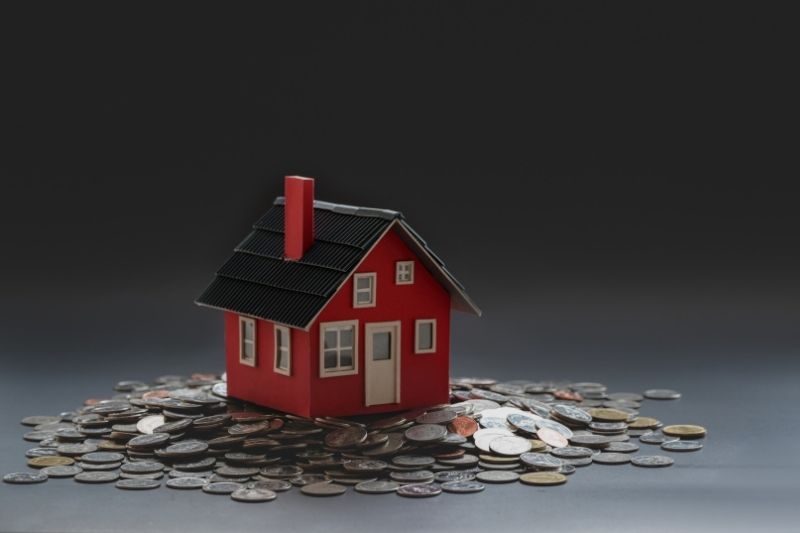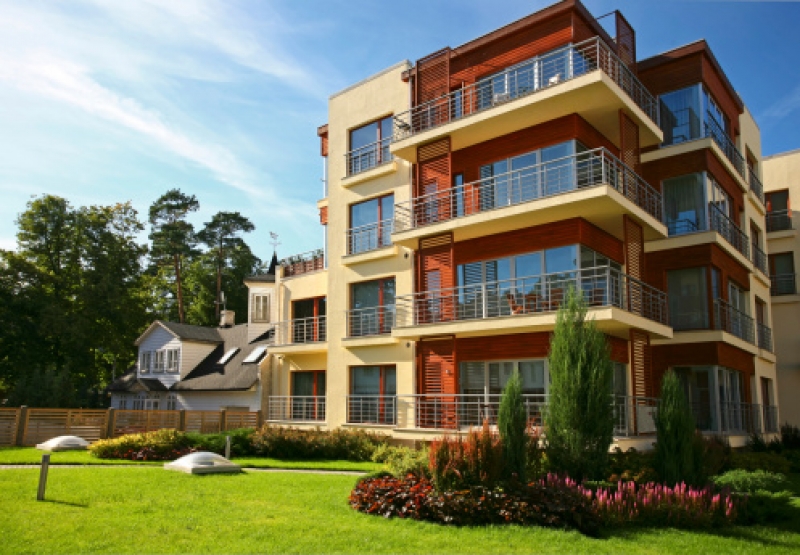Why You Should Invest in Mixed-Use Property

Mixed-use properties are common in metropolitan cities like New York and Washington, D.C., where population density requires efficient use of space. However, as social standards and consumer behaviors change, the appeal is growing in communities nationwide.
If you’ve ever walked through a historic downtown area, you have encountered this type of combination real estate that layers residential and commercial fixtures for a walkable community. It’s easy to understand the convenience of having a coffee shop, favorite restaurant, and other local businesses close to home.
Mixed-use development contributes to a thriving economy by making an attractive and diverse range of services accessible to residents. As a real estate investor, the opportunity for commercial and residential spaces to coexist within a single property can enhance your portfolio. Keep reading to learn more about the unique benefits and why you should invest in mixed-use property.
What Is Mixed-Use Property?
Mixed-use property is a type of commercial real estate (CRE) with residential and commercial spaces in one building or land development.
Vertical mixed-use properties combine diverse spaces in a single structure, whereas horizontal mixed-use properties utilize separate parcels on one property for uses that may require distinct safety and regulatory requirements. In both cases, they create a distinct sense of place that is highly walkable, optimizes land use, and engages the surrounding community.
Historically, mixed-use real estate often looked like a storefront, restaurant, or doctor’s office on the first floor and apartments on the upper floors. In many urban environments, commercial and residential property investments still follow a vertical model, with apartments or condos above retail spaces.
Common Types of Mixed-Use Real Estate
All forms of mixed-use commercial property will generate business and foot traffic while incentivizing distinct community interests. They can be successful in any location if you know what the local market needs and wants. When investing in mixed-use real estate, you’ll typically see the following types of properties:
Main Street
This is a classic example of mixed-use property dating back centuries. This model blends commercial and residential spaces with a central focal point that attracts customers and residents to local businesses. Often, multistory buildings surrounding a town square or along the main street feature a business on the ground floor and residential spaces above.
Live and Work
This model is popular in districts with mixed-use zoning where industrial properties intersect with residential and commercial properties. It enables small business owners to live in the same building where they work. Many creatives—such as artists, photographers, and writers—will have studios or galleries on the ground level and residential lofts upstairs.
Office with Residential
Office units, varying from compact to commercial, are a popular combination with residential units. Not everyone wants to work from home, but the absence of a formal commute has not lost its luster. Coworking spaces existing alongside residential units meet a growing need for many professionals.
Mixed-Use Hotels
An intuitive combination, mixed-use hotel spaces often include retail shops, entertainment spaces, restaurants, and business centers. This enhances the hotel’s profits by attracting new clients with innovative, exciting amenities.
4 Benefits of Mixed-Use Real Estate
The idea of offering complimentary services side by side isn’t new. It captures a valuable opportunity cost, and communities are rediscovering how appealing it can be.
So why should you invest in mixed-use property? Apart from the potential to diversify your portfolio and make a sizable return on your investment, there are additional benefits to consider.
Diverse Revenue
With a mixed-use property investment, you benefit from multiple revenue sources in one real estate asset. You not only obtain rent from residential tenants, but also multiple commercial tenants. This can lead to a more diverse community that improves property value.
Reduced Risk
Although the demand for mixed-use properties is proving to be a strong vote of confidence, the important element that reduces risk is the nature of these properties. Not putting all your eggs in one basket means you aren’t relying on a single source of revenue and won’t lose much income if a tenant decides to part ways.
Sustainability
These developments have long been popular because they consolidate resources and space. Mixed-use properties improve walkability, reduce reliance on cars, and mitigate pollution. Sustainability scales even further when these properties are constructed with the latest energy efficiency technology and design features.
Convenience
These properties provide direct access to shops, restaurants, employment, and public transportation. They also optimize land use by layering community functions for maximum impact.
Enrich Your Investment Portfolio
It can be a big commitment, but commercial mixed-use real estate is an income-generating investment with the potential for consistent cash flow. Mixed-use financing can empower you to focus on achieving your business goals.
If you need help funding a mixed-use property, get in touch with Val-Chris Investments to discuss the best options for your business needs.


